Find the flux of Earth’s magnetic field of magnitude 5.00 × 10−5 T through a square loop of area 20.0 cm2 (a) when the field is perpendicular to the plane of the loop, (b) when the field makes a 30.0° angle with the normal to the plane of the loop, and (c) when the field makes a 90.0° angle with the normal to the plane.
Find the flux of Earth’s magnetic field of magnitude 5.00 × 10−5 T through a square loop of area 20.0 cm2 (a) when the field is perpendicular to the plane of the loop, (b) when the field makes a 30.0° angle with the normal to the plane of the loop, and (c) when the field makes a 90.0° angle with the normal to the plane.
Physics for Scientists and Engineers: Foundations and Connections
1st Edition
ISBN:9781133939146
Author:Katz, Debora M.
Publisher:Katz, Debora M.
Chapter30: Magnetic Fields And Forces
Section: Chapter Questions
Problem 88PQ
Related questions
Question
100%
Find the flux of Earth’s magnetic field of magnitude 5.00 × 10−5 T through a square loop of area 20.0 cm2 (a) when the field is perpendicular to the plane of the loop, (b) when the field makes a 30.0° angle with the normal to the plane of the loop, and (c) when the field makes a 90.0° angle with the normal to the plane.
Expert Solution
This question has been solved!
Explore an expertly crafted, step-by-step solution for a thorough understanding of key concepts.
This is a popular solution!
Trending now
This is a popular solution!
Step by step
Solved in 3 steps with 3 images

Knowledge Booster
Learn more about
Need a deep-dive on the concept behind this application? Look no further. Learn more about this topic, physics and related others by exploring similar questions and additional content below.Recommended textbooks for you
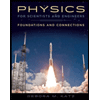
Physics for Scientists and Engineers: Foundations…
Physics
ISBN:
9781133939146
Author:
Katz, Debora M.
Publisher:
Cengage Learning
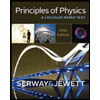
Principles of Physics: A Calculus-Based Text
Physics
ISBN:
9781133104261
Author:
Raymond A. Serway, John W. Jewett
Publisher:
Cengage Learning
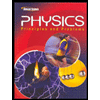
Glencoe Physics: Principles and Problems, Student…
Physics
ISBN:
9780078807213
Author:
Paul W. Zitzewitz
Publisher:
Glencoe/McGraw-Hill

Physics for Scientists and Engineers: Foundations…
Physics
ISBN:
9781133939146
Author:
Katz, Debora M.
Publisher:
Cengage Learning

Principles of Physics: A Calculus-Based Text
Physics
ISBN:
9781133104261
Author:
Raymond A. Serway, John W. Jewett
Publisher:
Cengage Learning

Glencoe Physics: Principles and Problems, Student…
Physics
ISBN:
9780078807213
Author:
Paul W. Zitzewitz
Publisher:
Glencoe/McGraw-Hill
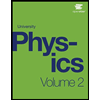
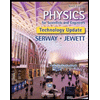
Physics for Scientists and Engineers, Technology …
Physics
ISBN:
9781305116399
Author:
Raymond A. Serway, John W. Jewett
Publisher:
Cengage Learning
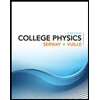
College Physics
Physics
ISBN:
9781305952300
Author:
Raymond A. Serway, Chris Vuille
Publisher:
Cengage Learning